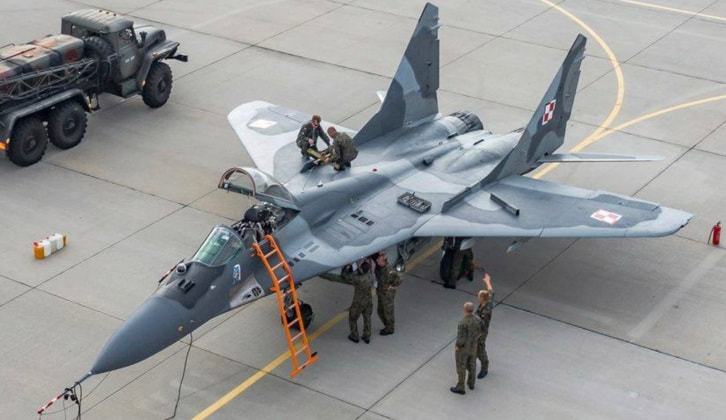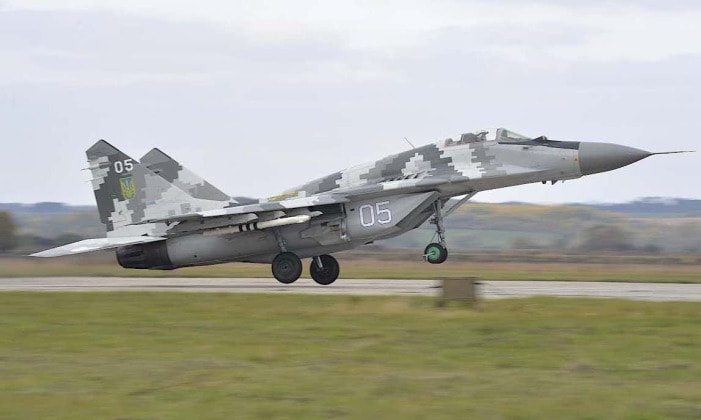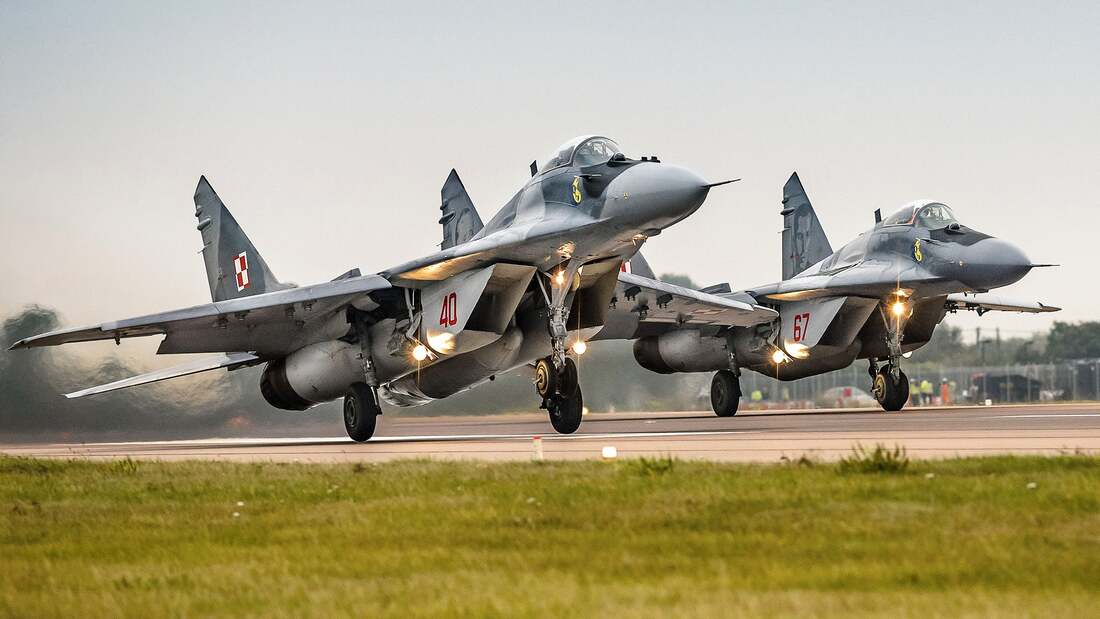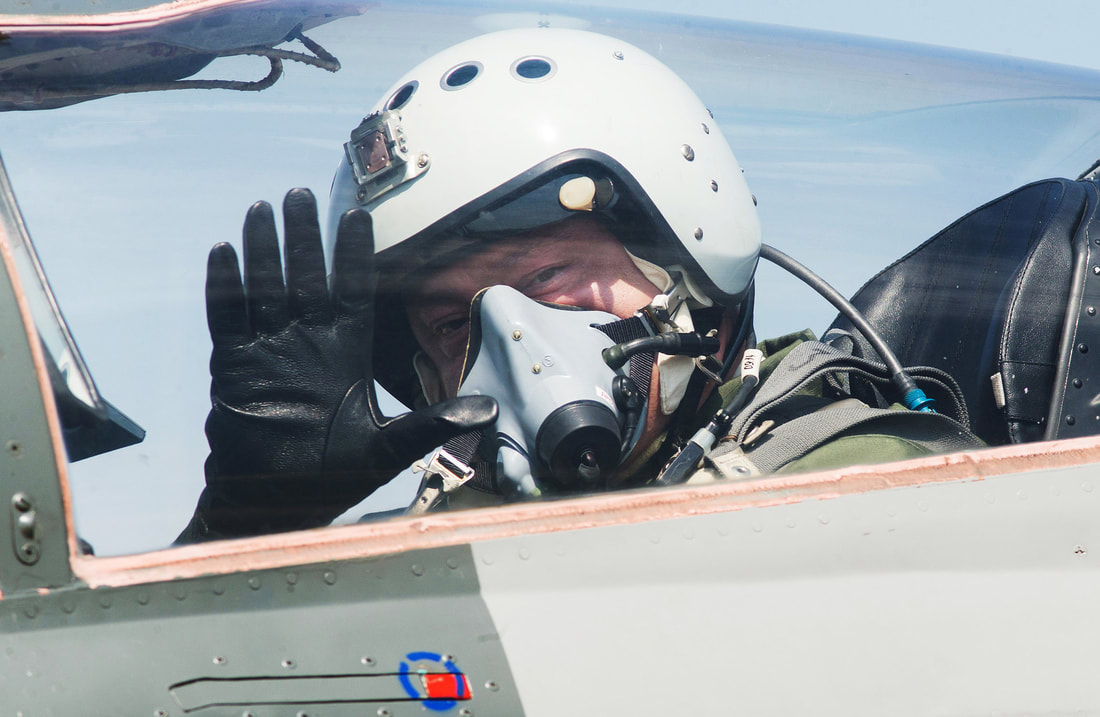|
Following Russia’s initiation of military operations in neighbouring Ukraine on the morning of February 24, countries across the Western world as well as Japan have taken a range of punitive measures against Moscow ranging from harsh economic sanctions to seizing Russian civilian shipping in international waters. It was revealed on February 27 that armaments set to be dispatched to the Ukrainian armed forces from Europe as part of EU funded aid included fighter aircraft, and would be delivered entirely through Poland. Ukraine’s fighter fleet has taken extreme losses in the conflict’s first 72 hours, a notable early sign of which was the decision of a Su-27 pilot to fleet to Romania on the first day. Two of Ukraine’s 14 highly prized Su-24 strike fighters were also reportedly shot down in the conflict’s initial hours. Airfield footage subsequently showed major losses suffered by Ukrainian MiG-29 fighters units to Russian cruise missile strikes, while at least one Su-27 has been lost to friendly fire. Ukrainian air defences were reportedly destroyed within 2-3 hours of the conflict’s outbreak, with Russian sources reporting in the early hours of February 28 that complete air superiority over Ukraine had been achieved. While the Ukrainian Air Force would struggle to integrate Western built fighters, which was one cause for hesitancy when it was suggested that U.S. military surplus fighters be donated over the past eight years, European countries formerly in the Soviet-aligned Warsaw Pact continue to deploy Soviet-built fighters. While the Romanian Air Force’s MiG-21 and Polish Air Force’s Su-22 jets are older designs that Ukraine does not itself field, the MiG-29 relied on heavily by Ukraine is deployed by Poland, Bulgaria and Slovakia with some reports indicating that units remain in the reserves of other states such as Hungary. The MiG-29 is a lighter and lower end design than the Su-27 or Su-24, but was more widely exported by the Soviet Union hence why it is used in Eastern Europe. Both European states and Ukraine rely on effectively obsolete 1980s variants of the fighters, however, which are technologically decades behind frontline jets deployed by Russia.. Sending MiG-29s to Ukraine remains highly questionable for a number of reasons. It is not altogether clear how the aircraft would enter the country, whether having European personnel fly them in could expose them to a high risk of being shot down by Russian aircraft, or whether Ukrainian pilots will be dispatched to Poland to fly them. Furthermore, with Ukraine’s airbases having been largely destroyed, even the MiG-29’s much famed ability to operate from short runways would be seriously tested. The possibility of escalation would likely be deemed too great, however, if MiG-29s were to fly combat sorties from airfields in Poland itself, as this would potentially expose Poland to airstrikes. Russian state media outlets notably highlighted that more capable Su-27 heavyweight fighters could also be delivered, although this appears to be an error since Ukraine is the only operator of the class in Europe and, other than two Su-27s in the United States acquired from Belarus for testing in the 1990s, no Western-aligned countries currently deploy it. It remains possible that only a token number of MiGs will be donated as a means of bolstering Ukrainian morale, and that these will come exclusively from Poland which has taken one of the most hardline positions against Russia within Europe. ukraine mig 29 , mig 29 , doa , division of aerodynamics , nathan finneman , russian air force , ukraine war , airpower , usa , eu mig 29 ,
0 Comments
Leave a Reply. |
Send us an email at [email protected] if you want to support this site buying the original Division of Aero Patch, only available through this website!
All
|





 RSS Feed
RSS Feed